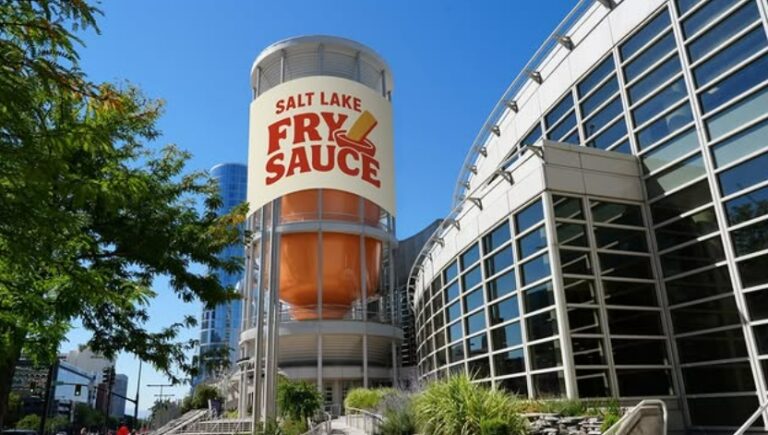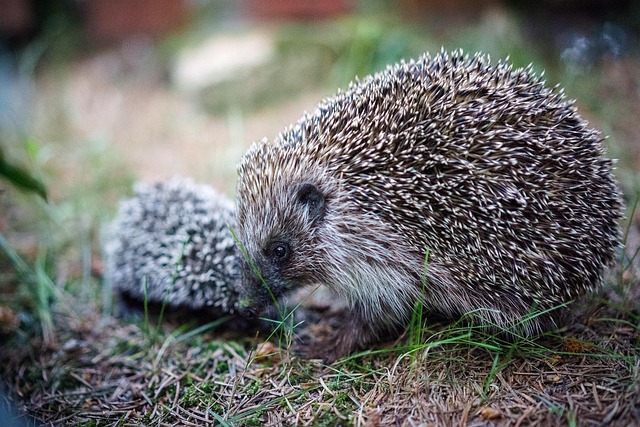The weather is very different in North America’s prairies, especially in cities like Winnipeg. Some of the coldest winters on Earth follow hot, humid summers. In this climate, homeowners fight against wasting energy every day, and the windows, which are often the most attractive part of the house, are the most likely to fail. If you pick the wrong window, you could end up with high heating bills, drafts that make you uncomfortable, and a big environmental problem because you use too much non-renewable energy.
So, the choice to upgrade isn’t just about looks; it’s also an important environmental and economic choice. To solve this problem, homeowners need to look for high-performance units that are specifically made to reduce extreme thermal loss. To get an envelope that really saves energy, you need to know how to choose between different frame materials, glazing types, and installation methods. The first step toward lowering your home’s carbon footprint and making sure you are comfortable all year long in the harsh prairie climate is to learn about the Winnipeg, MB window replacement options.
The Arctic Test: Putting U-Factor and Air Tightness First
The U-Factor is the most important number for a window in a climate zone where the heating season lasts most of the year. This number tells you how well the window keeps heat inside the house. For winters in the prairie, homeowners need to make sure they have the lowest U-Factor possible. This usually means choosing triple-pane glass, which is a better insulator than standard double-pane glass.
This triple glazing needs to have inert gas fills (like Argon or Krypton) between the panes in order to work. These thick gases are much better at keeping heat from moving from the warm inside pane to the cold outside pane than regular air.
Air tightness is just as important. Cold winds can get through even the smallest gaps in the flat prairie landscape. Homeowners should choose window styles that are known for their tight seals, like casement or awning windows, which use compression to close. A good installation makes sure that the frame is completely sealed to the wall cavity, which stops drafts that waste energy and make you uncomfortable.
Using materials that are good for the environment and getting them from nearby sources
The “embodied energy” of a window is the energy and materials used to make it, in addition to the energy it saves every day. Homeowners should think about the following things to make a truly green choice:
Frame Materials: Don’t use aluminum or other conductive materials that are common. Fiberglass and high-quality, thermally-broken vinyl are great options because they don’t conduct electricity and last a long time. Fiberglass is especially strong and stable in size, so it doesn’t expand and contract when the temperature changes a lot. This helps keep the window’s seal over time.
Sourcing: When you can, pick windows that are made in your area. When you buy things locally, you don’t have to spend as much energy on shipping them long distances, which lowers the product’s overall embodied carbon.
Homeowners can cut down on waste and the environmental impact of new manufacturing by choosing materials that are long-lasting and energy-efficient.
The Home That Can Handle Climate Change
Putting money into windows that work well and are good for the environment is a big step toward living a more sustainable life. A family can cut down on its carbon footprint right away by drastically cutting the amount of energy it needs to heat and cool its home. This means it doesn’t need to rely as much on grid electricity or natural gas. These windows not only help the environment, but they also make the inside of your home more stable and comfortable. They stop condensation from forming, which can cause mold and rot, and they block out city noise better than other windows. For people who live on the prairie and have to deal with more extreme weather, the right windows are the key to making a home that is strong, efficient, and comfortable and ready for whatever the beautiful, but sometimes harsh, prairie weather throws at it.




